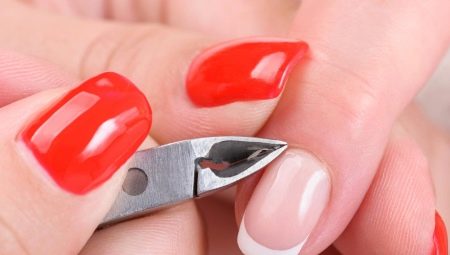Almost every girl at least once in her life used the services of manicure in salons, but not everyone has the opportunity to do this regularly and on an ongoing basis, as well as purchase expensive equipment home. What to do in this situation? There is a great way out - a cut manicure. The procedure is quite simple, so almost everyone can do it. Let us consider in more detail the features, advantages and disadvantages of this type of procedure, as well as get acquainted with the detailed technique of independent execution.
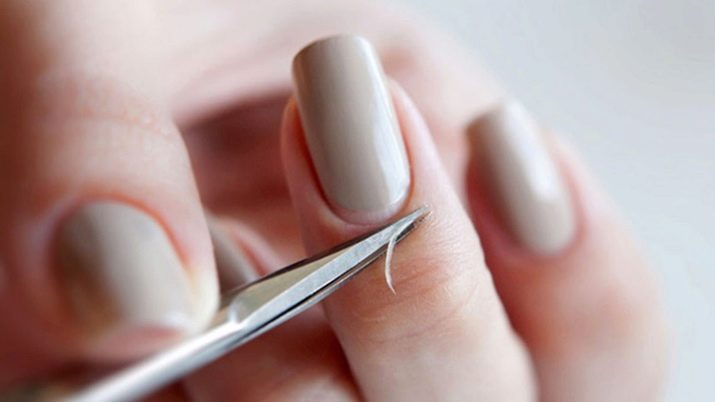
Features
Nowadays, everyone knows what a classic cut manicure means - this is the procedure for processing nails and cuticles using special scissors and tweezers. It is also called “wet”, because before cutting the cuticles, you often need to resort to steaming the coarsened skin in water. The peculiarity of this procedure is that with proper handling of tools and following all the rules, it can be deservedly called the safest, simplest and most popular type of manicure.
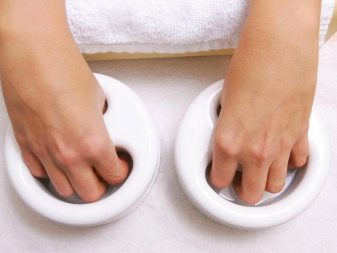
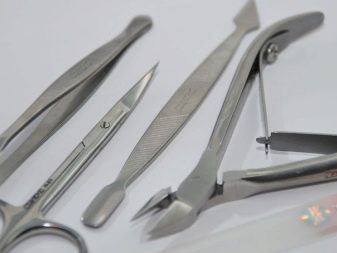
Advantages and disadvantages
Like any other procedure, a cut manicure has certain advantages and has some drawbacks. For example, among the advantages, simplicity in execution can be noted, because this option does not require any special efforts, everything is quite simple. In addition, a cut manicure is suitable even for those who have not followed the beauty of their hands and fingers for a long time.
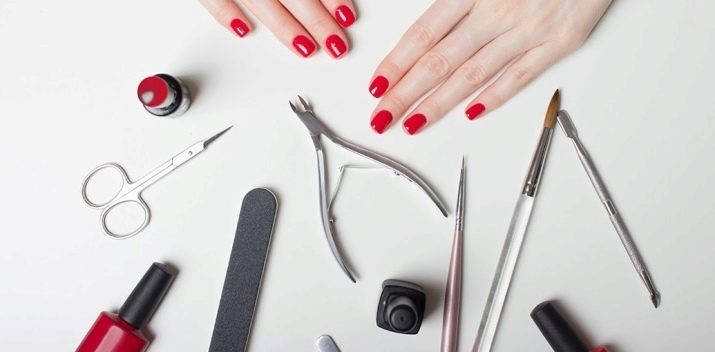
The procedure does not require a large amount of equipment and facilities, a minimal set is enough, and you can perform it even at home. Cut manicure is a financially affordable procedure, the cost of which will suit almost any girl.
The disadvantages include the fact that although the execution technique is quite simple, you still need to have some skills, even the most minimal ones.
This will help to avoid the occurrence of traumatic situations.
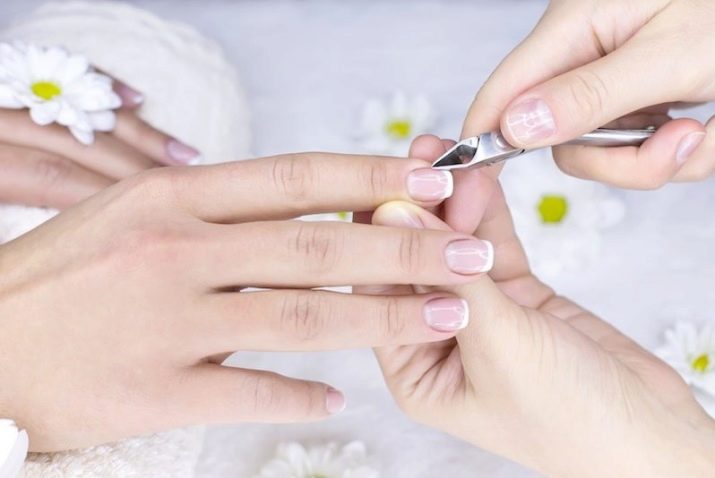
The downside is that the risk of minor injuries and cuts is quite high, especially if the girl has sensitive fingers and a delicate cuticle. Surprisingly, there are some health restrictions among the shortcomings - circumcised manicure is contraindicated for people suffering from diabetes, since even the slightest damage to the skin can lead to the development of purulent processes and a very long recovery and healing process.
The circumcision procedure is considered quite dangerous, since the risk of infection with infections is greater.
In addition, it is believed that after a cut manicure, burrs appear much more often than with hardware processing of nails. It is worth noting that burrs can also appear during manicure, if low-quality tools with dull cutting surfaces are used.
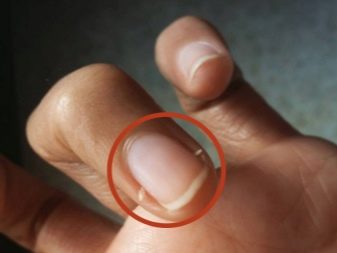

Necessary tools and materials
As previously stated, this type of manicure does not require any special means and tools, the minimum set will be enough. Let us consider in more detail what tools may be needed and their purpose.
- Scissors or tongs for manicure are used to easily shorten the excess length of the free edge of the nail plate. Some use these items to remove the cuticle, but you should not do this, as you can easily be injured.
- File for processing the free edge of the nail.
- It is necessary to have special scissors to remove the cuticle, since with them the procedure will be more safe and painless.
- In some cases, you may need the so-called cuticles - tongs designed to remove the skin of nails.
- A water tank in which you can make a bath for nails and soften the cuticle.
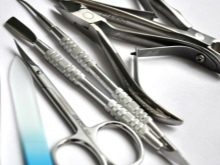
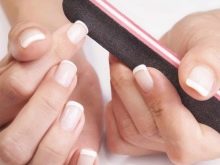

- You will need a couple of dry clean towels or thick paper towels.
- To prepare the bath, you need to acquire special salts and oils, or you can use ordinary hand soap.
- Some use orange sticks or a special spatula. Typically, these tools are double-sided - at one end there is a pusher to move the cuticle, on the other - a sharp scraper used to remove it.
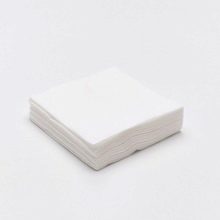
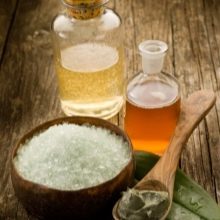
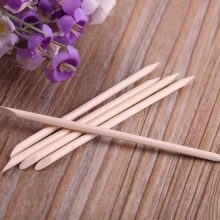
- If you wish, you can use the remover for the cuticle, but if you have the other tools listed, this is completely optional.
- To process the surface of the nail you will need a soft file - buff, which will help smooth out all the roughness and give the nail plate a glossy shine.
- For decoration, it is necessary to acquire nail polish, and for a more resistant coating it is better to use shellac.
- At the end of the procedure, you need to use cuticle oil or a hand cream containing nutrients and vitamins.
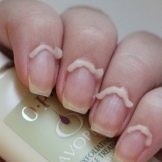
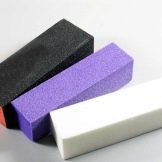
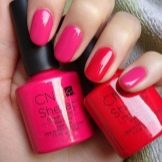
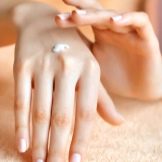
Security measures
Very important when performing this procedure. comply with some safety rules.
- First of all, you should make sure that the tools are sterile, even if it comes to your personal manicure devices.
- Care should be taken to ensure that the cutting surfaces are sharp and the tools themselves intact, as there is a risk of damage to the cuticle and skin in the area of the nails, which can lead to very disastrous consequences.
- It is necessary to carefully handle scissors and other sharp and cutting manicure devices. With careless handling, you can cut yourself or prick quite easily.
- Nevertheless, it will be better if each member of the family has his own manicure set for purely individual use. This is not only hygienic, but also one of the possible ways to protect your own health.
- During the procedure, you need to have hydrogen peroxide and a cotton pad with you, so that if you cut, you can immediately treat wounds.
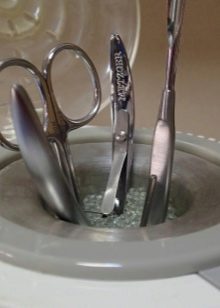
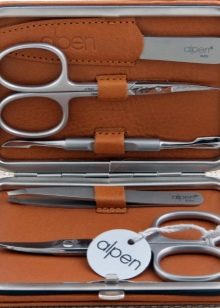

Preparation for the process
To perform hygienic trim manicure at home in accordance with all the rules and without harm to the health and beauty of nails, you need to carefully prepare. The first step is to equip a convenient workplace. You should not carry out the procedure in the dark corner of the room, sitting on the sofa, it is better to do it at the table in good light. Then you need to prepare your hands and tools for work, having previously disinfected everything.
If the tools are personal, and no one else used them, you can do with special gels and liquids.

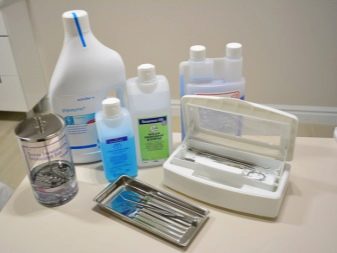
On the surface of the table you need to lay a towel or napkin and lay out the prepared tools. It is best if they are neatly stacked in a row on the edge of the covered surface. Such a layout of tools will help to maintain order and easily find the necessary item. In preparation for manicure, it is also better to pre-determine the colors and decorative design of the nails and choose the means for subsequent care.

Step-by-step instruction
After everything is ready to work, you can start the procedure itself. Let's consider step by step how to do a trim manicure at home.
First of all, it is important to know that working with the free edge of the nail plate is done on dry hands before you dip your fingers in the bath.
In no case should you cut wet nails, as this can lead to brittleness and delamination.
In addition, chaotic movement of the nail file can lead to delamination of the nails, therefore, when trimming the nail edge, it is worth moving in only one direction. The first step is to process the nail plate. If necessary, you can cut off the excess length with scissors, then give the desired shape with a file, smooth the irregularities with a soft buff and polish the surface.

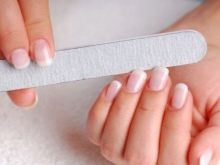
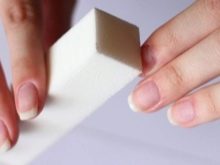
The next step is to treat the skin around the nail plates. For easier removal of overgrown skin and its coarsened areas, you must first moisten your fingers. A bath with nutritious oils and special cosmetic salt is perfect for this. In a special container, pour warm water at a comfortable temperature and add other ingredients as desired. Before you lower your hands in the bath, you need to move the skin near the nail with a special spatula, so the effect of the procedure will be more pronounced, which will greatly simplify further work.

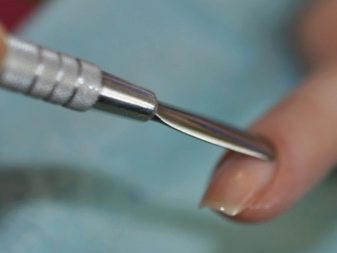
Lower your hands in the bath and treat the skin in turn. It is also worth noting that it makes no sense to keep your hands in the water for a long time, ten minutes will be enough.
After the specified time has elapsed, you can start processing the fingers by pulling them out of the water in turn and drying them with a napkin or towel. With a spatula, you must once again gently move the skin near the nail and slightly raise it. It is strictly forbidden to press on the nail plate at its base, since it is this part of it that is the most delicate and sensitive, and rough handling can lead to irregularities on the surface.
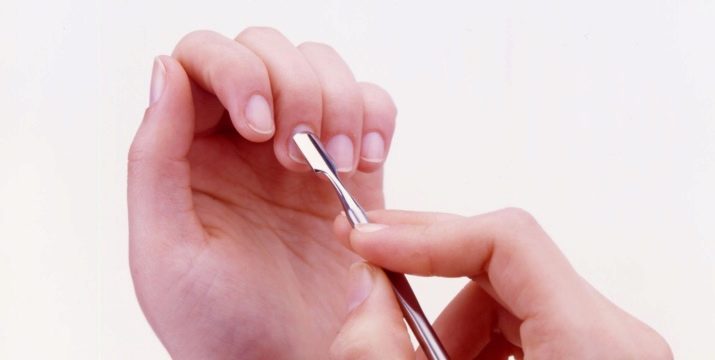
Subsequent work consists in processing the cuticle - the part of the skin that covers the base of the nail, which becomes rough over time, and the lateral ridges - the parts adjacent to the nail plate on the sides. For the treatment of cuticles, special manicure scissors with long curved ends are used, which allow quickly and evenly cutting off excess.
The sharp edges of the tool prevent the appearance of burrs and make fingers more accurate.
Side rollers also need to be treated with a special tool - scissors tweezers. They allow you to cut off excess layers of keratinized skin without affecting the soft skin and without damaging it. Thus, each finger is processed in turn, and then the second hand. If during the work with the fingers on the first hand the water in the bath cools down, you must change it by adding all the same ingredients.
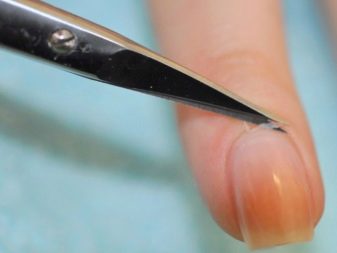

The technology of the procedure is quite simple, the main thing is to observe the sequence of actions and accuracy when performing them. After processing the fingers, you must proceed to care. This step is mandatory, because in order for the cuticle to grow less, and the skin of the hands is always soft and delicate, it must be properly nourished.
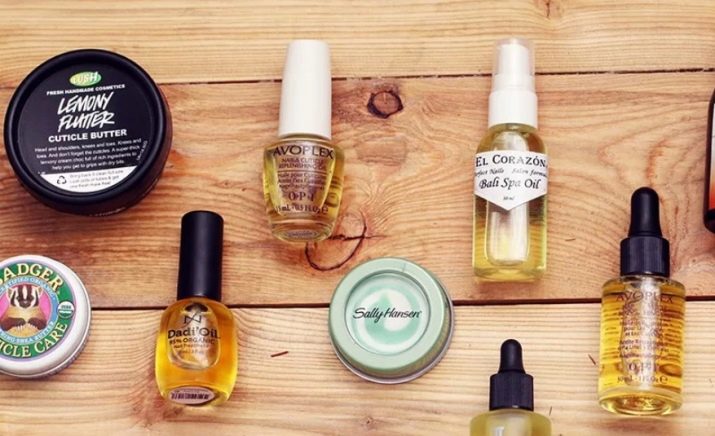
For cuticles, it is best to use a variety of oils. For example, an ideal option would be a remedy that contains vitamin oil complexes, as well as avocado, almond and jojoba oils. Tea tree oil is also suitable, as well as some pharmacy preparations, which include vitamins A and E. The oil needs to be applied to the cuticle area, rubbing a little along the fingers.
It is important to consider that the care products are applied strictly after all procedures, including the decorative design of the nails.

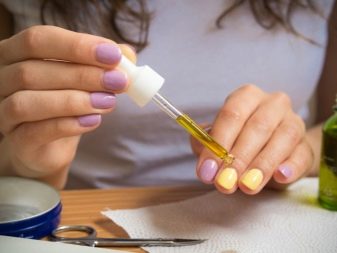
For decor, you can use either regular varnish or more dense gel coatings, depending on your preference.
When processing nails with a trimmed manicure, there are no restrictions in the subsequent design, you can paint your nails in the same way as with any other type of procedure.
It is only necessary to choose a decor for the shape and length of the nail plate.
For example, French manicure is very popular for long nails of various shapes this season. On short square nails, various patterns and stickers look beautiful, and for small round nails, a strip or any other decor that visually increases the size of the nail is perfect. The final step after the decoration and processing of the cuticle area with oils will be the application of nourishing cream to the hands. It is best if it is a natural remedy with a composition rich in vitamin complexes and healthy oils.
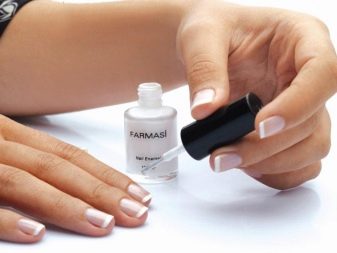
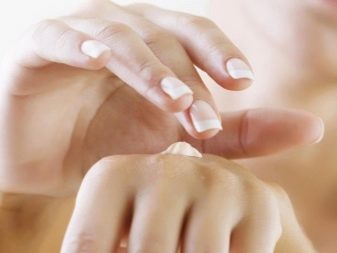
Secrets of Masters
To easily perform this procedure at home, you need to familiarize yourself with some of the tips of experienced craftsmen. For example, most of them advise to opt for ceramic, glass or soft files. With the help of them, the processing of the free edge of the nail occurs more gently, which reduces the risk of cracks and delaminations, which cannot be said about working with a metal file.

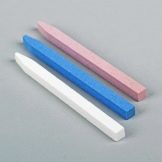
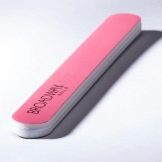
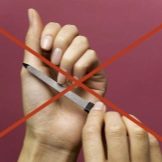
To make the perfect cut manicure, it is not necessary to spend a lot of time on this, the main thing is to observe only one rule - you need to cut the cuticle on each finger continuously and at a time, from edge to edge. Thus, the chance of a burr is reduced to a minimum.
So that the cuticle does not grow longer, and the nails for a longer time preserve beauty and accuracy, you need to push the edge of the cuticle a couple of times a week with a special pusher or orange stick.
Additionally, you can use hand scrubs and oils.
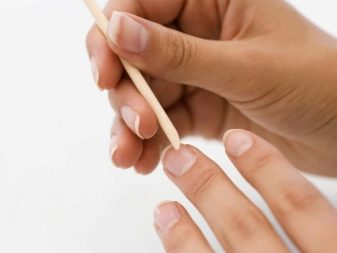
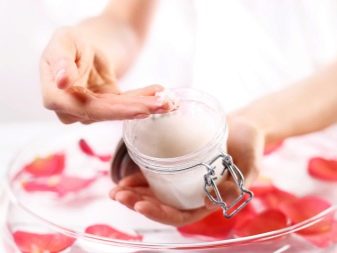
Reviews
It is quite natural that any procedure may not be suitable for everyone, respectively, may have both positive and negative reviews. But circumcised manicure refers to a number of those procedures that are popular with almost every person who does not have limitations and contraindications. For example, many people respond positively to the procedure because it does not require the purchase of expensive manicure equipment, it is easy to perform at home. In general, there are much more positive reviews, and in the negative there are no good reasons that could form a negative opinion about the procedure.
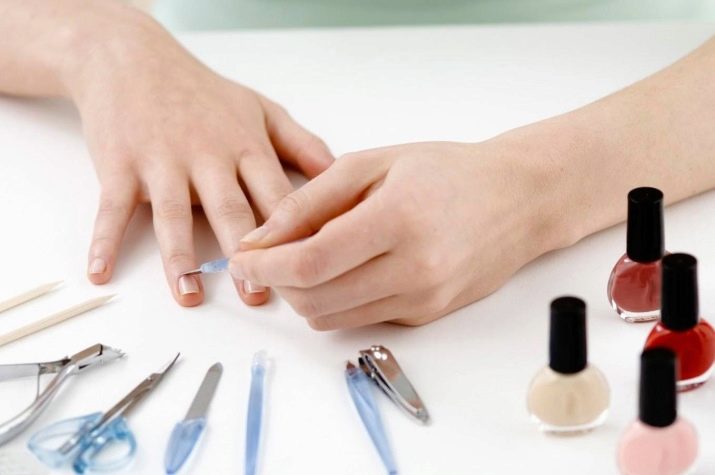
See the procedure for classic cut manicure below.
